1. The utilization category of automatic transfer switch
To understand the use of dual power automatic transfer switch utilization category,the first step is to find out the nature of the current used by the dual power automatic transfer switch.The current nature of the dual power transfer switch is AC. The operation category can be divided into OPERATION A and OPERATION B, which are summarized in a table as follows.
|
Utilization Category |
Typical Applications | ||
|
A Operation |
B Operation |
||
|
AC |
AC-31A |
AC-31 B |
Noninductive or weak inductive load |
|
AC-32A |
AC-32B |
Mixed load,including moderate load | |
|
AC-33iA |
AC-33iB |
The total system load includes cage motor and resistive load | |
|
AC-33A |
AC-33B |
Motor load or containing motor resistance load and mixed load of incandescent lamp load Under 30 percent | |
|
AC-35 A |
AC-35 B |
Discharge lamp load | |
|
AC-36 A |
AC-36 B |
Incandescent lamp load | |
Here’s an explanation: what each letter stands for
These parameters directly determine the load switching capability of ATSE,Due to the limitation of ontology switch’s own functional structure, derived ATSE cannot meet the A operation category(The rated current of the specified multiple frequently switches 50 times).
2. ATSE Rated limit short circuit current(Inc)
Rated limit short circuit current:Iq value:Short circuit protection appliance is placed in front,After the protection device breaks off the current,ATSE can still normal electricity and transformation ,the rated limit short-circuit current (Iq) can reach 120kA if the fuse is in front.
3 .Transfer time
ATSE switching time consists of two parts:Logic judgment time, determined by controller performance;Body switching time, from one power supply is completely disconnected until the other power supply is closed.
The dedicated PC-class ATSE conversion time of the exciter set driving motor is 50ms-300ms
Motor driven load isolation switch derived PC-class ATSE is 700 ms to 1.5 s
Motor driven CB class ATSE is 1.5s-3S
ATSE conversion time how fast the choice depends on the load demand for electricity (load allowed in the action time of power), and whether there is a multi-stage ATSE system design.

 PC Automatic transfer switch YES1-32N
PC Automatic transfer switch YES1-32N PC Automatic transfer switch YES1-125N
PC Automatic transfer switch YES1-125N PC Automatic transfer switch YES1-400N
PC Automatic transfer switch YES1-400N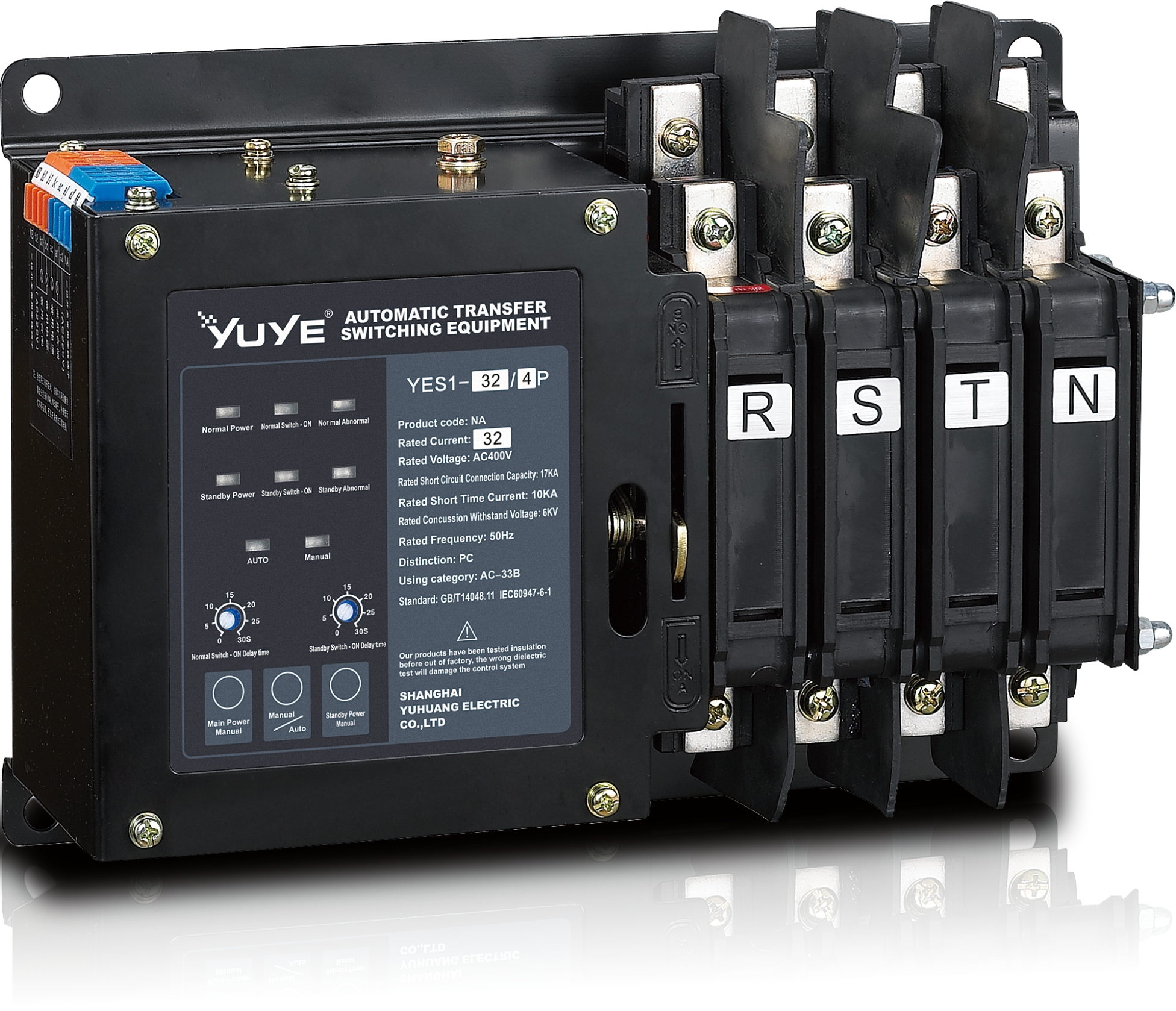 PC Automatic transfer switch YES1-32NA
PC Automatic transfer switch YES1-32NA PC Automatic transfer switch YES1-125NA
PC Automatic transfer switch YES1-125NA PC Automatic transfer switch YES1-400NA
PC Automatic transfer switch YES1-400NA PC Automatic transfer switch YES1-100G
PC Automatic transfer switch YES1-100G PC Automatic transfer switch YES1-250G
PC Automatic transfer switch YES1-250G PC Automatic transfer switch YES1-630G
PC Automatic transfer switch YES1-630G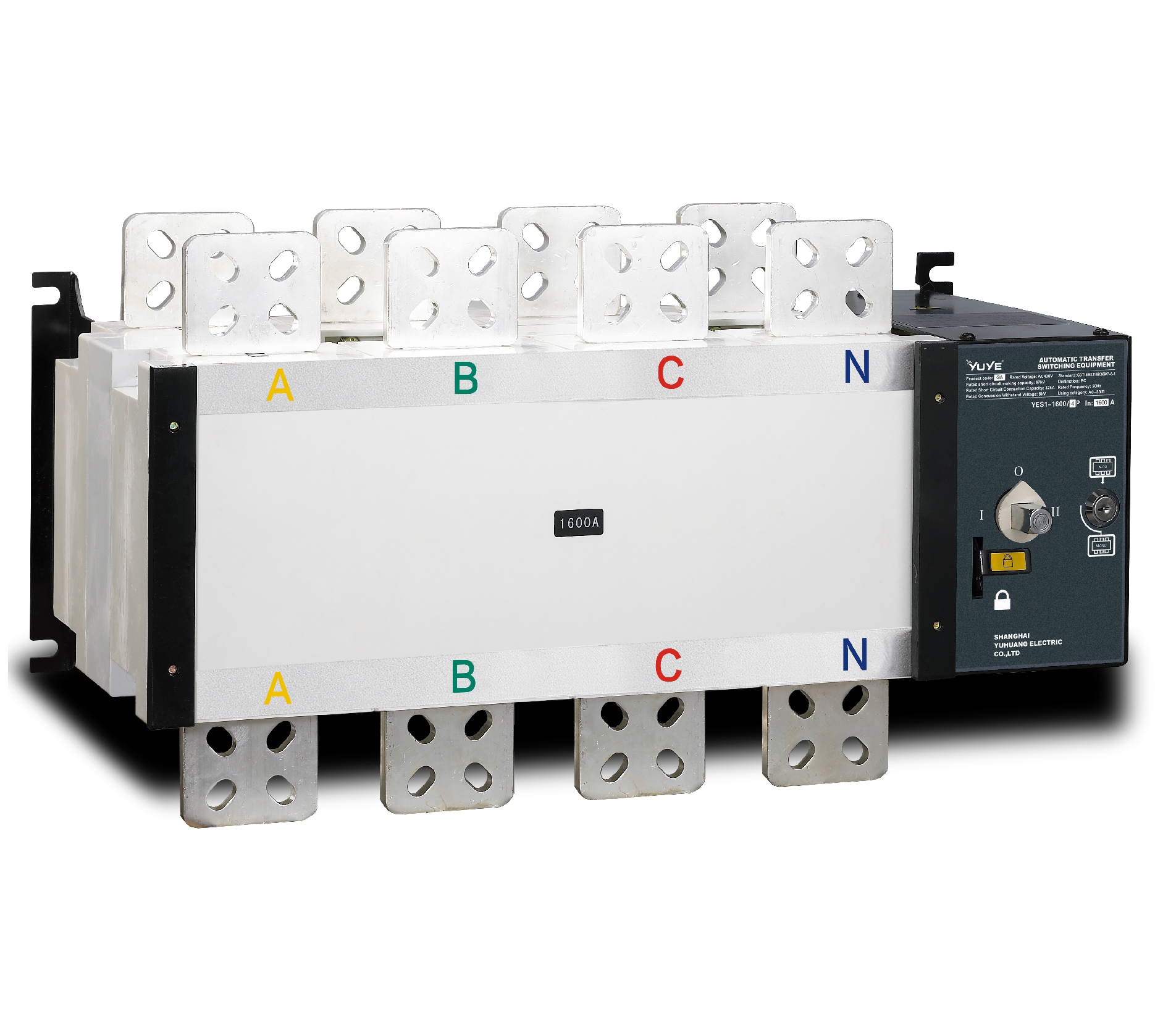 PC Automatic transfer switch YES1-1600G
PC Automatic transfer switch YES1-1600G PC Automatic transfer switch YES1-32C
PC Automatic transfer switch YES1-32C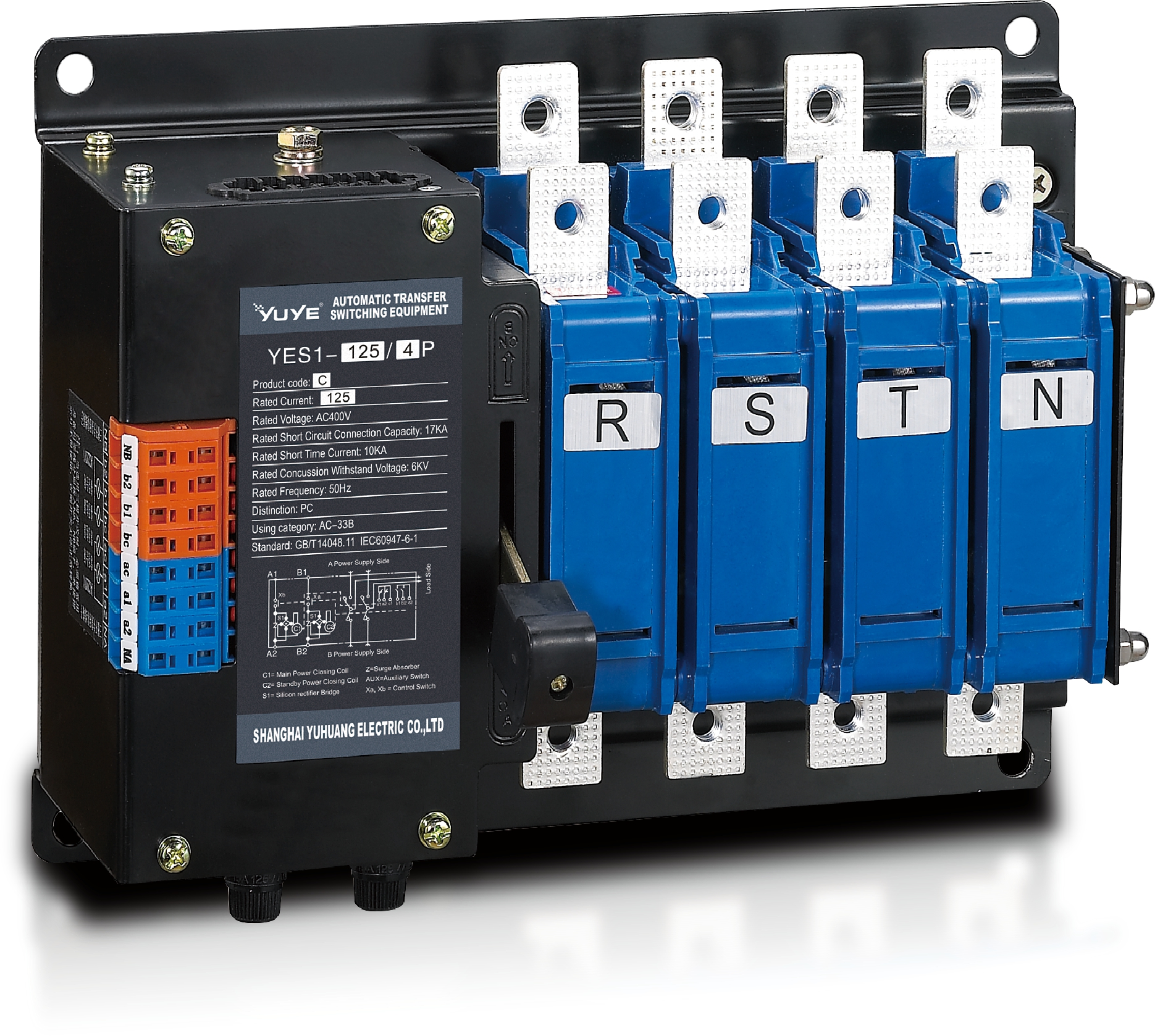 PC Automatic transfer switch YES1-125C
PC Automatic transfer switch YES1-125C PC Automatic transfer switch YES1-400C
PC Automatic transfer switch YES1-400C PC Automatic transfer switch YES1-125-SA
PC Automatic transfer switch YES1-125-SA PC Automatic transfer switch YES1-1600M
PC Automatic transfer switch YES1-1600M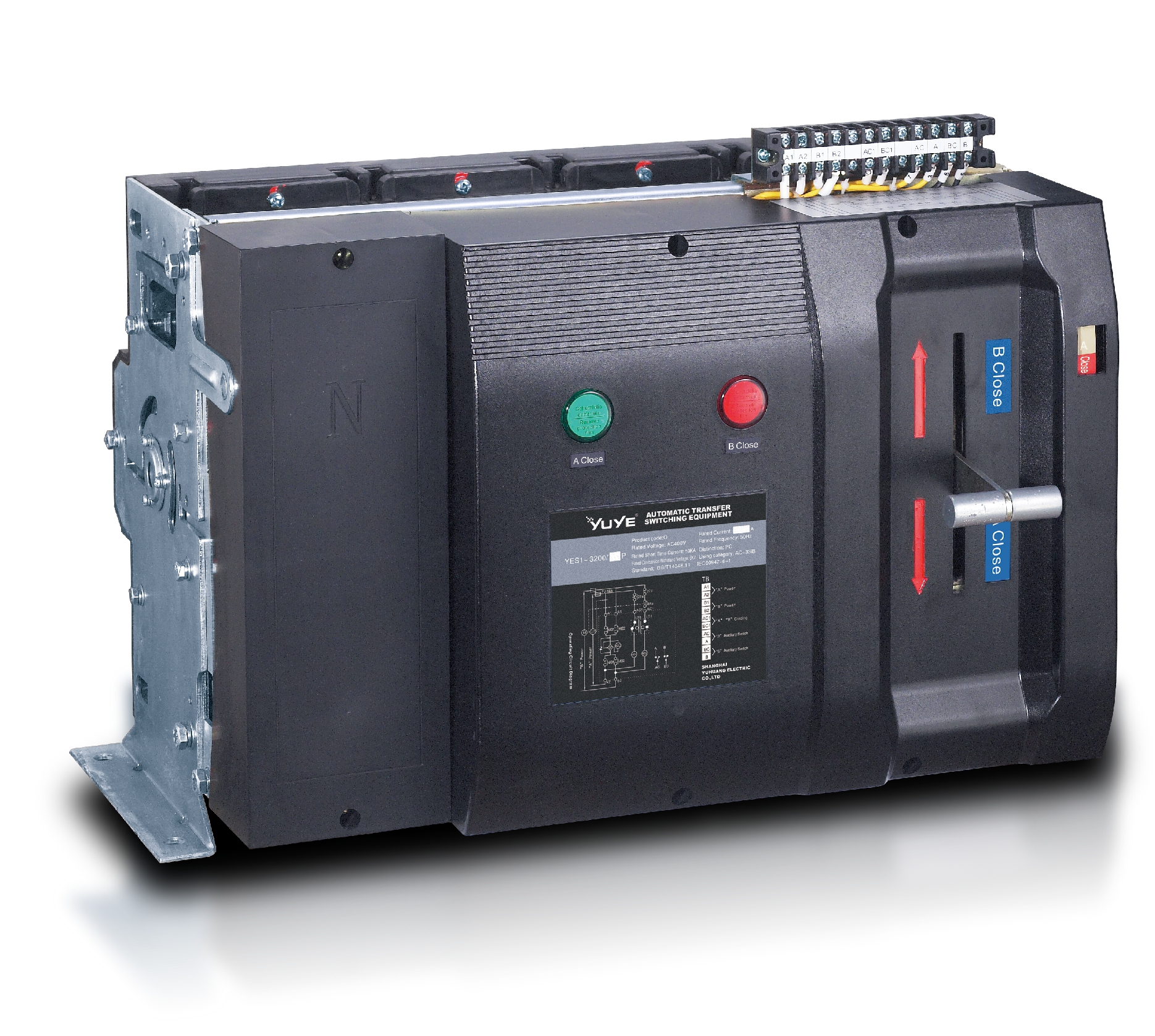 PC Automatic transfer switch YES1-3200Q
PC Automatic transfer switch YES1-3200Q CB Automatic transfer switch YEQ1-63J
CB Automatic transfer switch YEQ1-63J CB Automatic transfer switch YEQ3-63W1
CB Automatic transfer switch YEQ3-63W1 CB Automatic transfer switch YEQ3-125
CB Automatic transfer switch YEQ3-125 Air Circuit Breaker YUW1-2000/3P Fixed
Air Circuit Breaker YUW1-2000/3P Fixed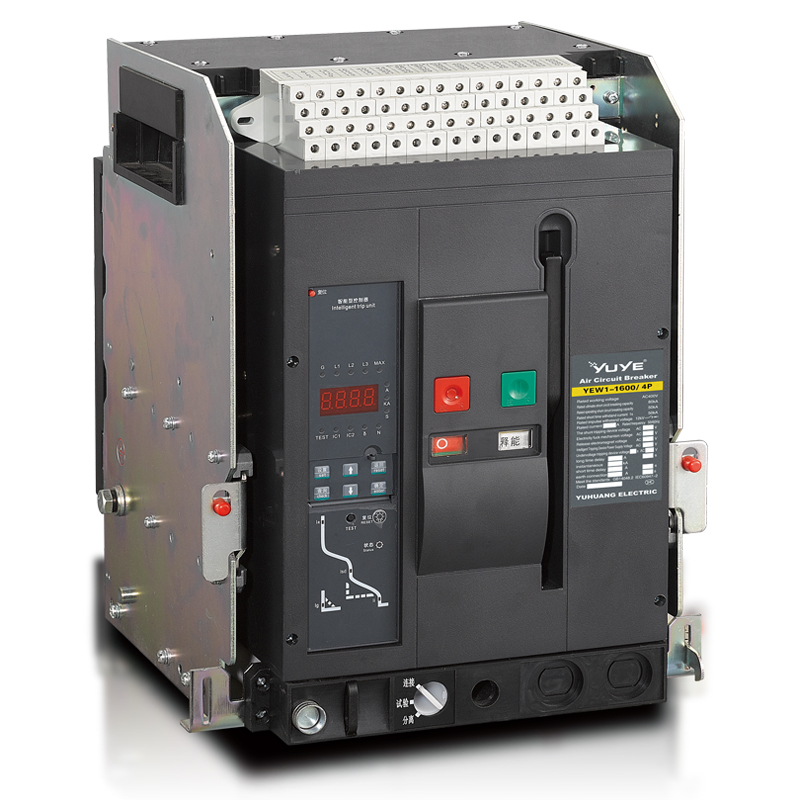 Air Circuit Breaker YUW1-2000/3P Drawer
Air Circuit Breaker YUW1-2000/3P Drawer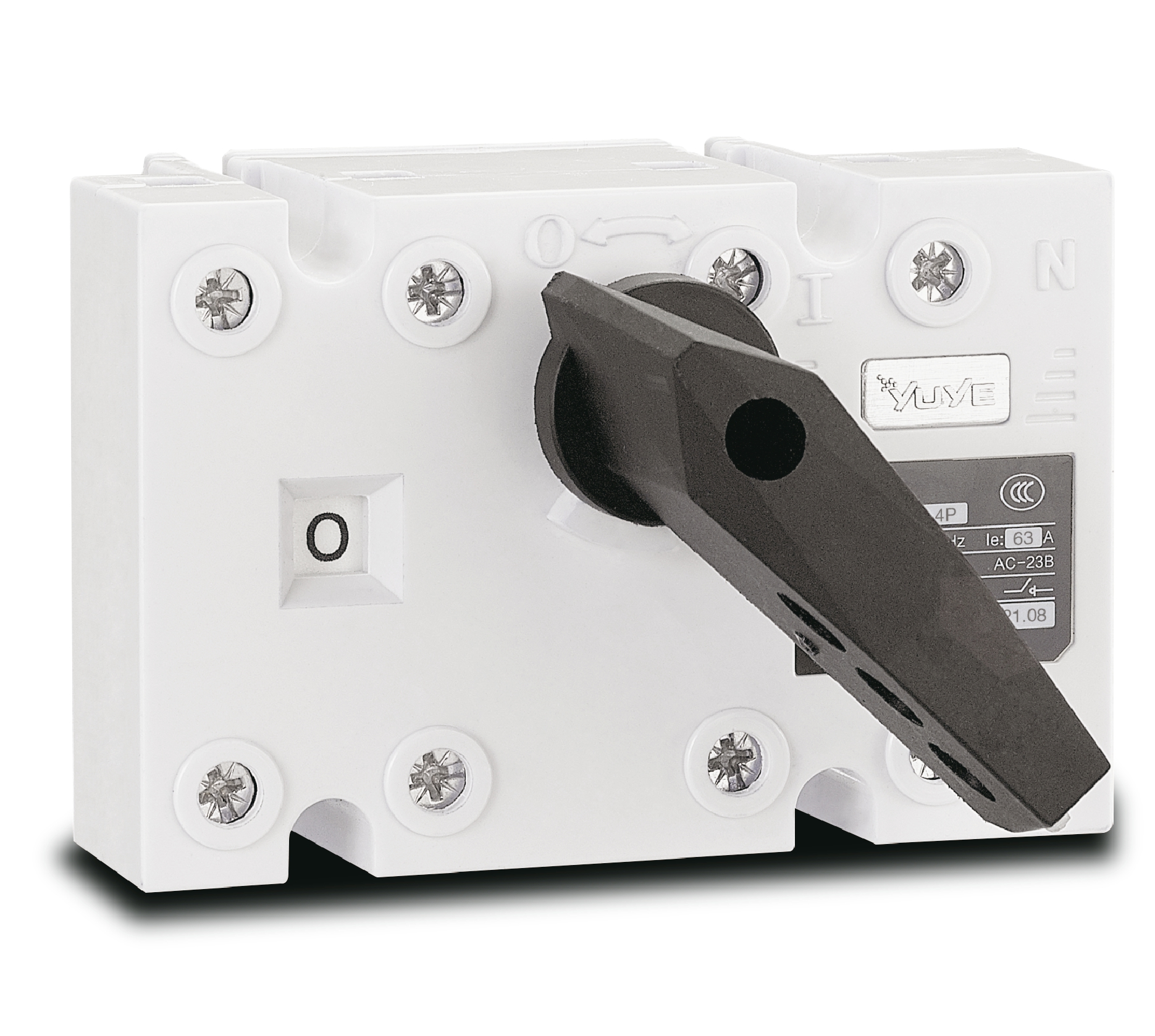 Load isolation switch YGL-63
Load isolation switch YGL-63 Load isolation switch YGL-250
Load isolation switch YGL-250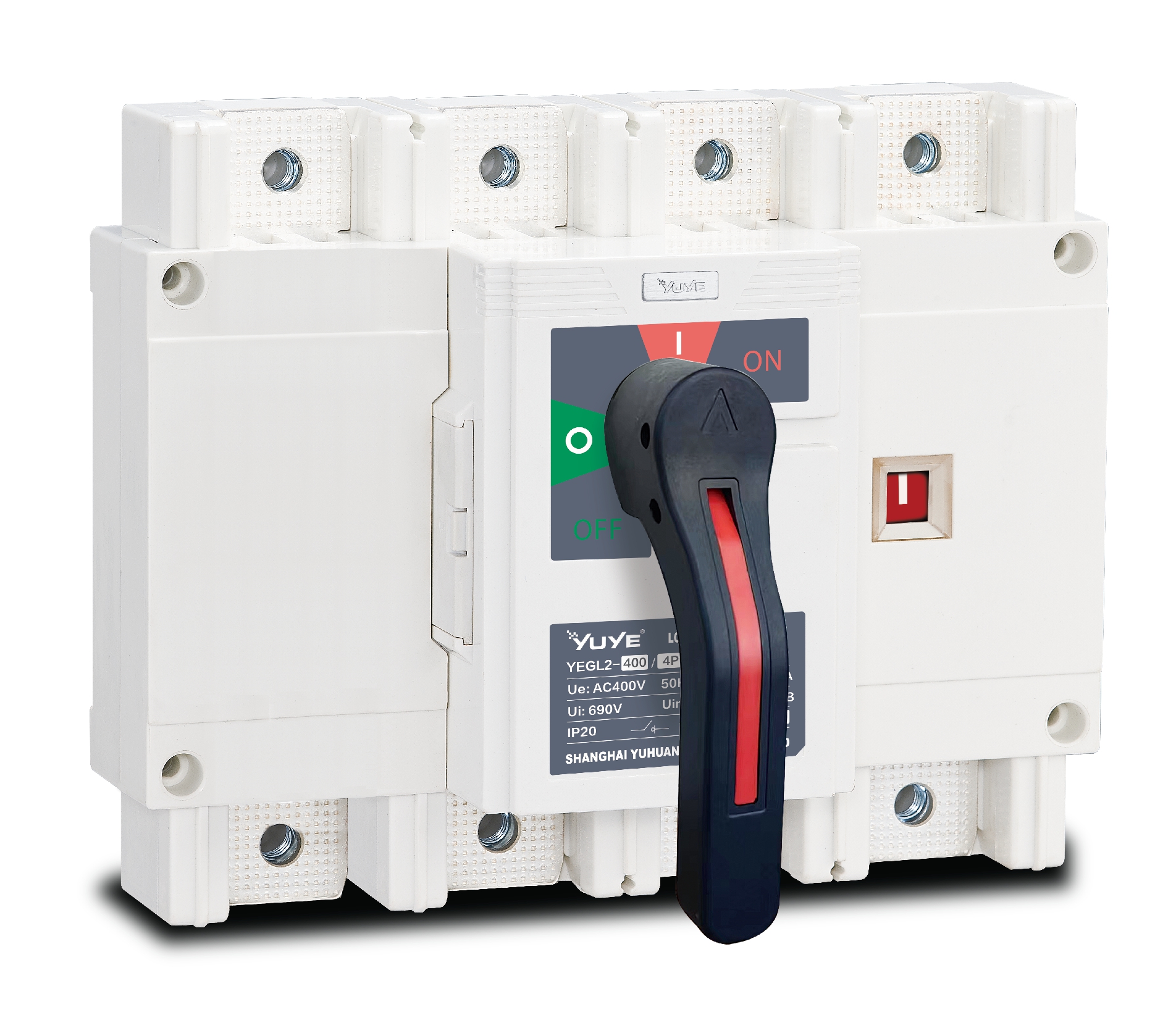 Load isolation switch YGL-400(630)
Load isolation switch YGL-400(630) Load isolation switch YGL-1600
Load isolation switch YGL-1600 Load isolation switch YGLZ-160
Load isolation switch YGLZ-160 ATS switch Cabinet floor-to-ceiling
ATS switch Cabinet floor-to-ceiling ATS switch cabinet
ATS switch cabinet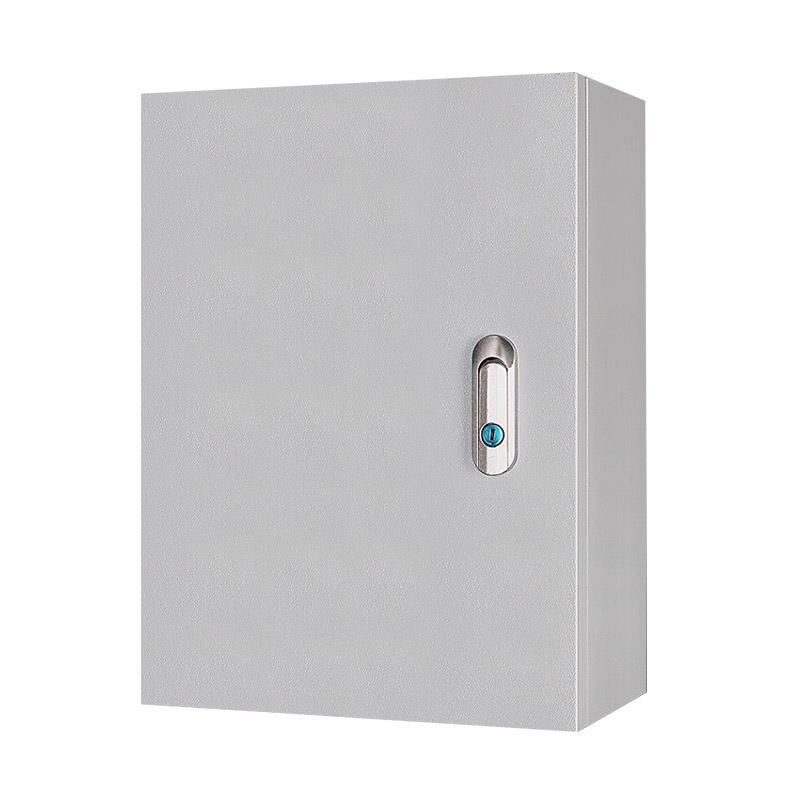 JXF-225A power Cbinet
JXF-225A power Cbinet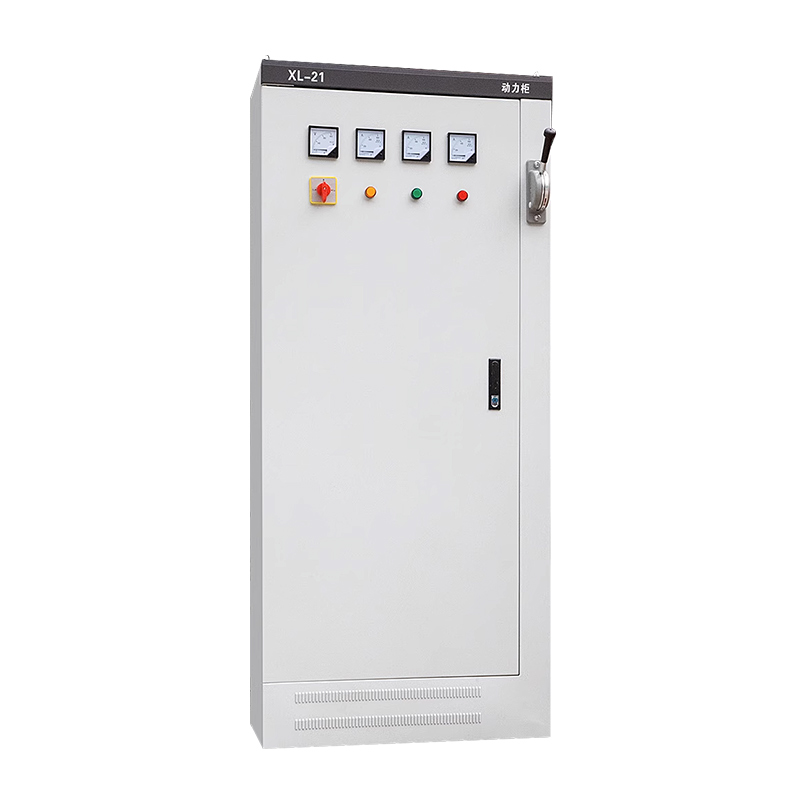 JXF-800A power Cbinet
JXF-800A power Cbinet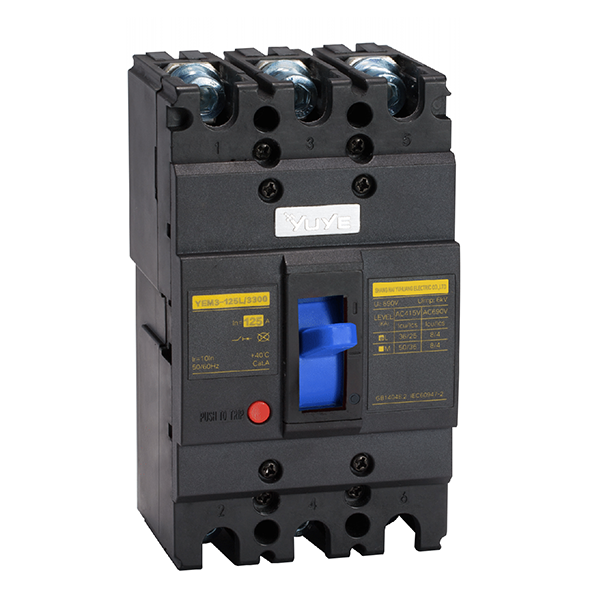 Molded case circuit breake YEM3-125/3P
Molded case circuit breake YEM3-125/3P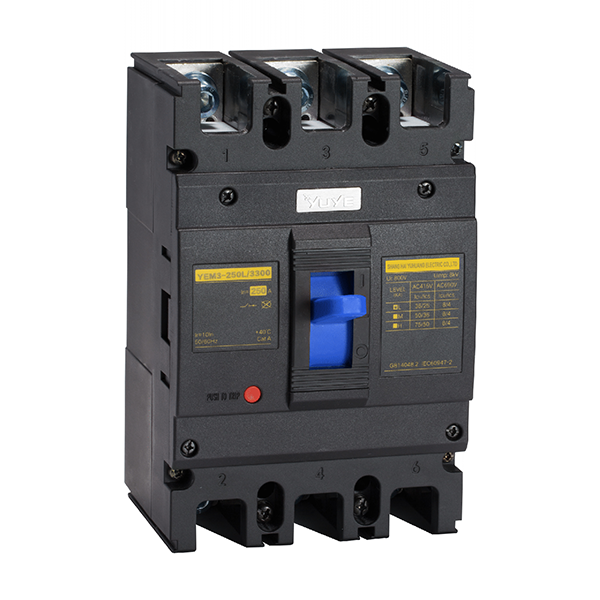 Molded case circuit breake YEM3-250/3P
Molded case circuit breake YEM3-250/3P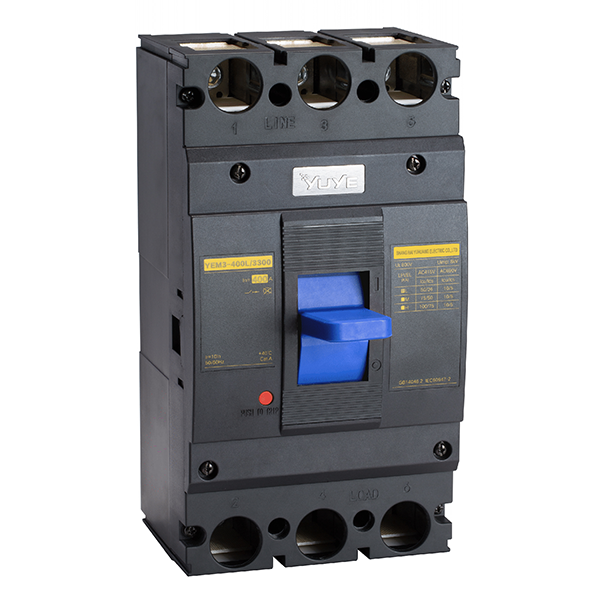 Molded case circuit breake YEM3-400/3P
Molded case circuit breake YEM3-400/3P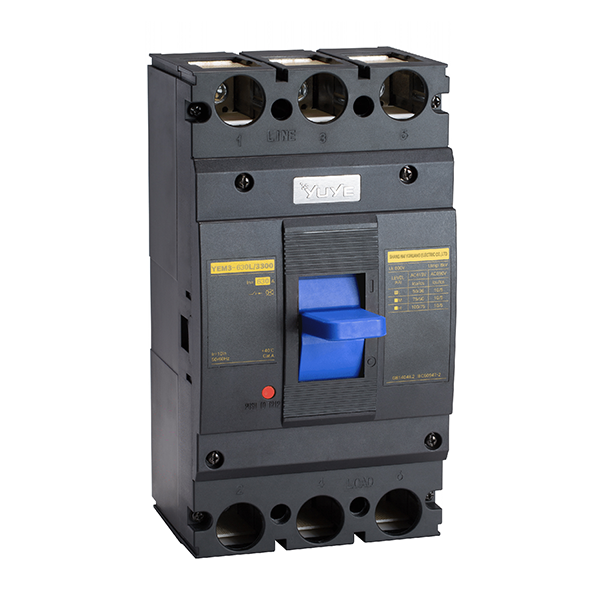 Molded case circuit breake YEM3-630/3P
Molded case circuit breake YEM3-630/3P Molded case circuit breaker YEM1-63/3P
Molded case circuit breaker YEM1-63/3P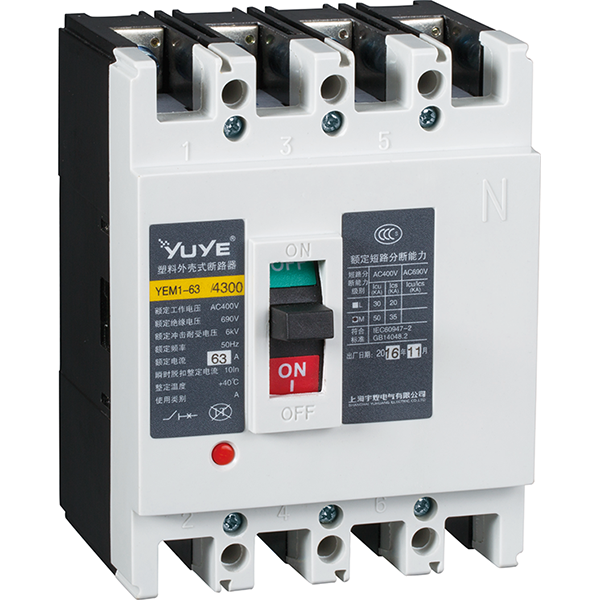 Molded case circuit breaker YEM1-63/4P
Molded case circuit breaker YEM1-63/4P Molded case circuit breaker YEM1-100/3P
Molded case circuit breaker YEM1-100/3P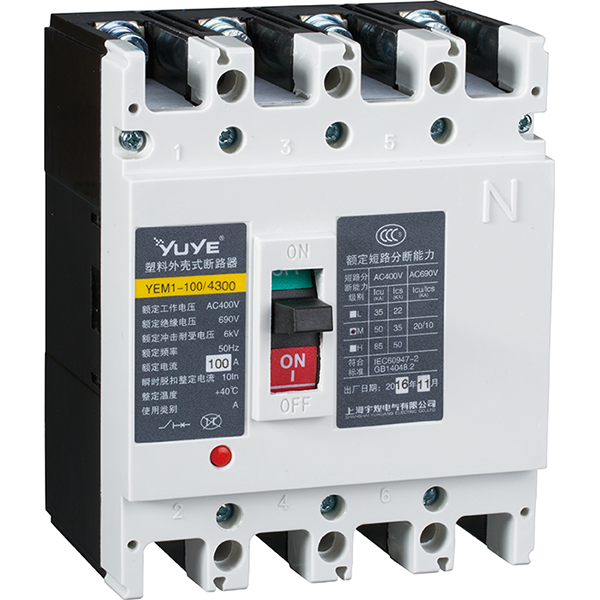 Molded case circuit breaker YEM1-100/4P
Molded case circuit breaker YEM1-100/4P Molded case circuit breaker YEM1-225/3P
Molded case circuit breaker YEM1-225/3P Molded case circuit breaker YEM1-400/3P
Molded case circuit breaker YEM1-400/3P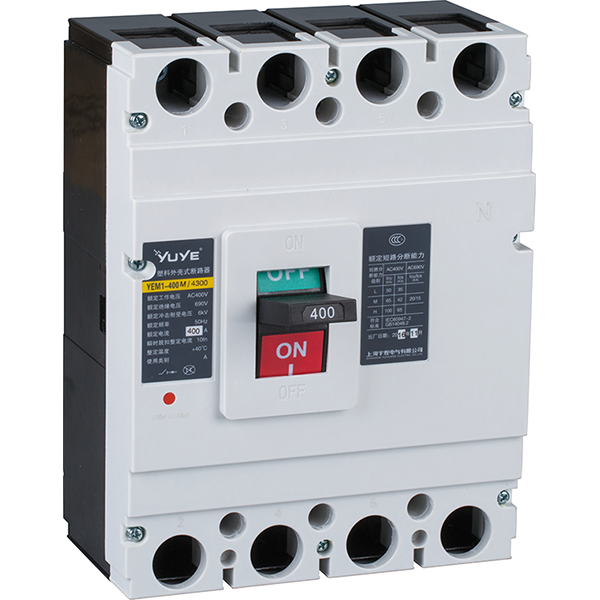 Molded case circuit breaker YEM1-400/4P
Molded case circuit breaker YEM1-400/4P Molded case circuit breaker YEM1-630/3P
Molded case circuit breaker YEM1-630/3P Molded case circuit breaker YEM1-630/4P
Molded case circuit breaker YEM1-630/4P Molded case circuit breaker YEM1-800/3P
Molded case circuit breaker YEM1-800/3P Molded case circuit breaker YEM1-800/4P
Molded case circuit breaker YEM1-800/4P Mold case circuit breaker YEM1E-100
Mold case circuit breaker YEM1E-100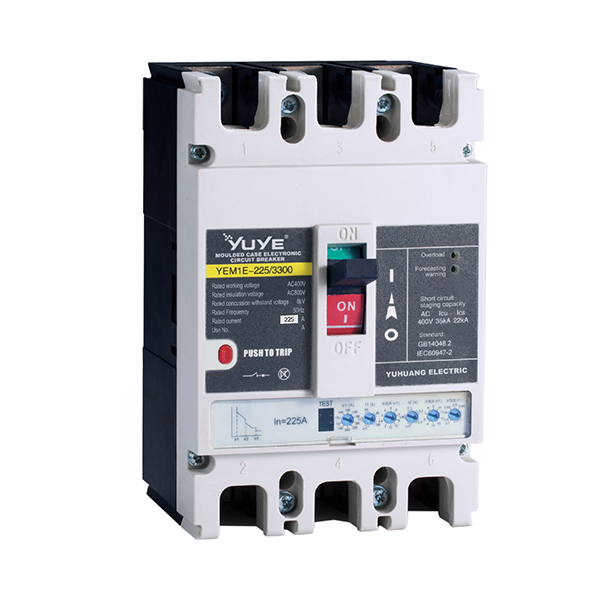 Molded case circuit breaker YEM1E-225
Molded case circuit breaker YEM1E-225 Molded case circuit breaker YEM1E-400
Molded case circuit breaker YEM1E-400 Molded case circuit breaker YEM1E-630
Molded case circuit breaker YEM1E-630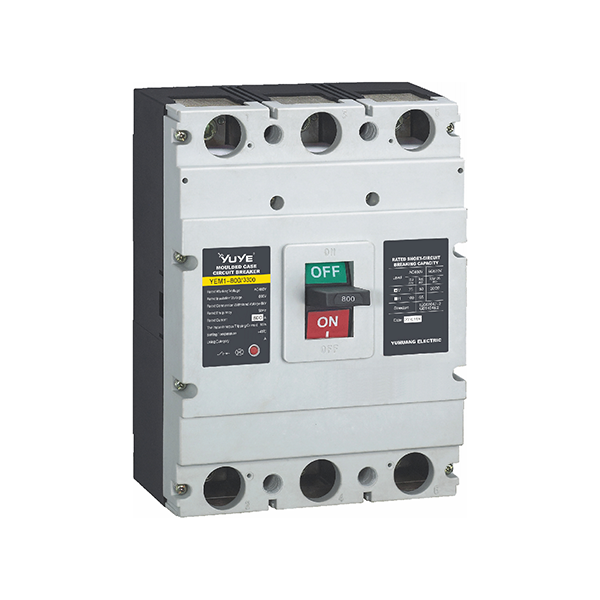 Mold case circuit breaker-YEM1E-800
Mold case circuit breaker-YEM1E-800 Molded case circuit breaker YEM1L-100
Molded case circuit breaker YEM1L-100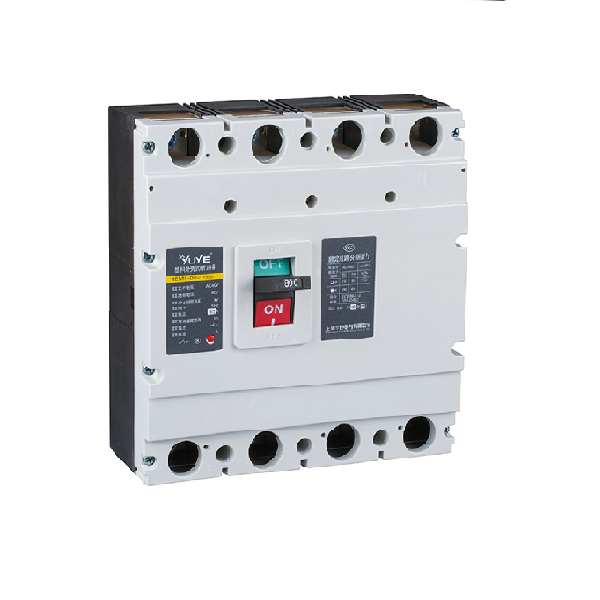 Molded case circuit breaker YEM1L-225
Molded case circuit breaker YEM1L-225 Mold case circuit breaker YEM1L-400
Mold case circuit breaker YEM1L-400 Molded case circuit breaker YEM1L-630
Molded case circuit breaker YEM1L-630 Miniature circuit breaker YUB1-63/1P
Miniature circuit breaker YUB1-63/1P Miniature circuit breaker YUB1-63/2P
Miniature circuit breaker YUB1-63/2P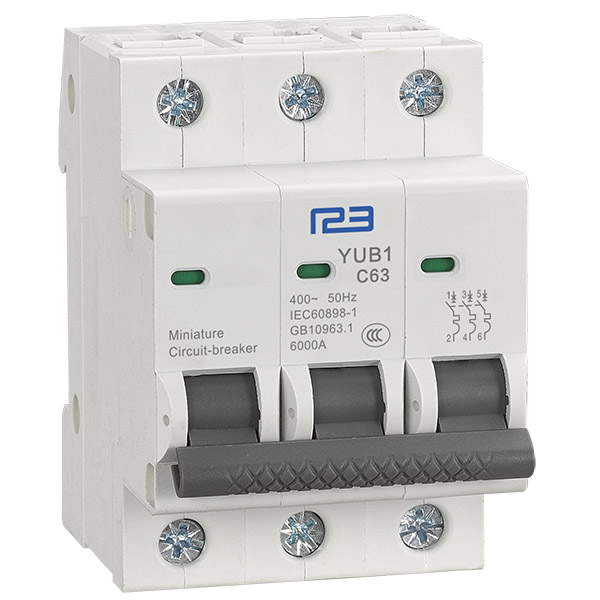 Miniature circuit breaker YUB1-63/3P
Miniature circuit breaker YUB1-63/3P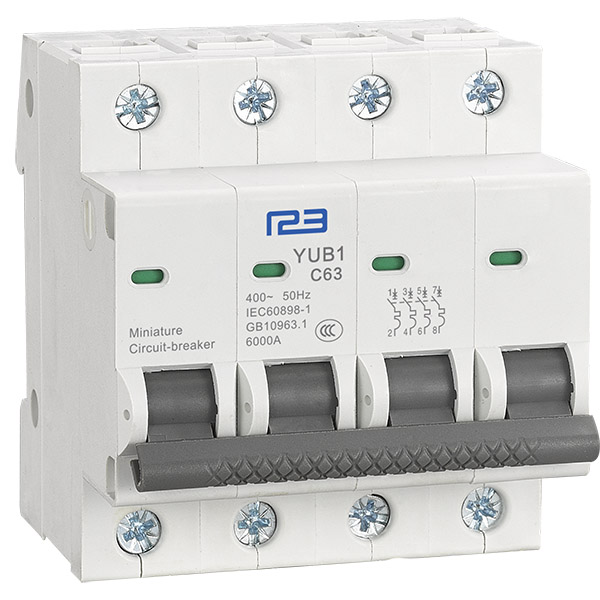 Miniature circuit breaker YUB1-63/4P
Miniature circuit breaker YUB1-63/4P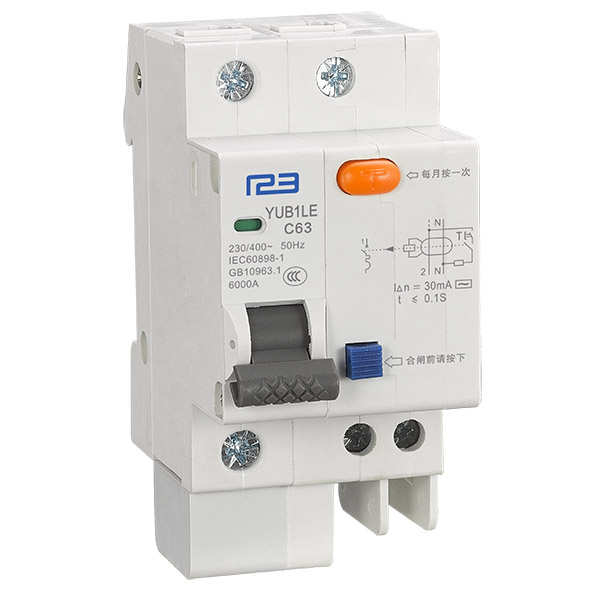 Miniature circuit breaker YUB1LE-63/1P
Miniature circuit breaker YUB1LE-63/1P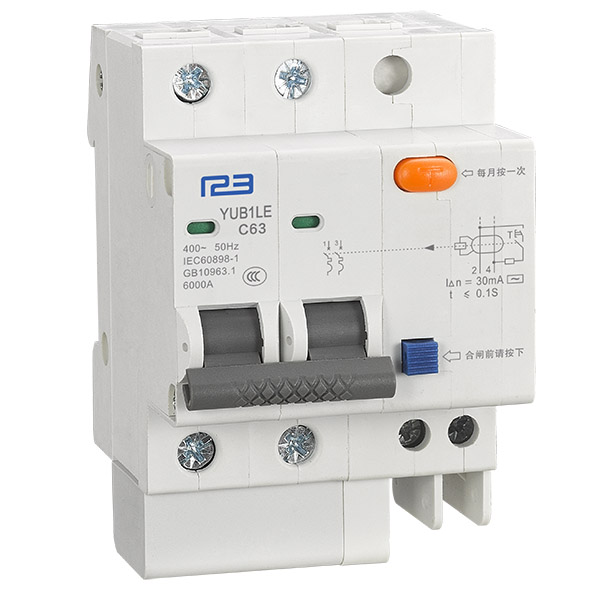 Miniature circuit breaker YUB1LE-63/2P
Miniature circuit breaker YUB1LE-63/2P Miniature circuit breaker YUB1LE-63/3P
Miniature circuit breaker YUB1LE-63/3P Miniature circuit breaker YUB1LE-63/4P
Miniature circuit breaker YUB1LE-63/4P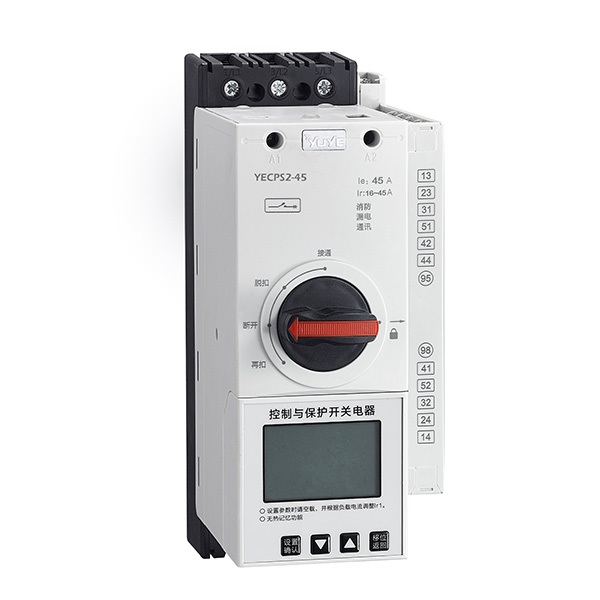 YECPS-45 LCD
YECPS-45 LCD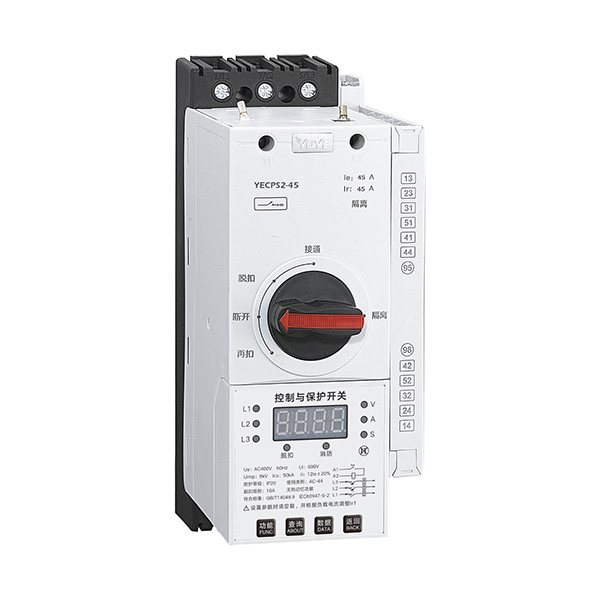 YECPS-45 Digital
YECPS-45 Digital DC Automatic transfer switch YES1-63NZ
DC Automatic transfer switch YES1-63NZ DC Plastic shell type circuit breaker YEM3D
DC Plastic shell type circuit breaker YEM3D PC/CB Grade ATS Controller
PC/CB Grade ATS Controller




